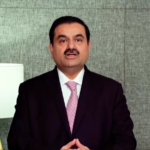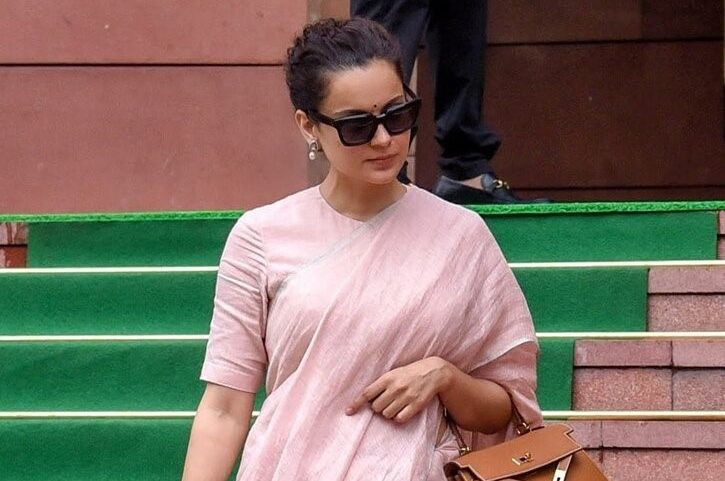Time marches on inexorably. Celebrities rise and fall, and the box office experiences its peaks and valleys. Yet amidst this ebb and flow, one genre stands resolute: patriotic films. Over the years, it has solidified its place as a beloved sub-genre for filmmakers, consistently resonating with audiences. This enduring appeal is reaffirmed as S. Shankar revisits the legacy of Hindustani after 28 years, reigniting a fervent patriotism that transcends mere cinematic boundaries.
In this sequel, the focus shifts from external threats to internal malaise. India, grappling with endemic corruption and moral decay, becomes the central battleground. The narrative boldly asserts that “corruption is a cancer to the nation,” echoing the sentiments of its protagonist, Senapathy, portrayed by the stalwart Kamal Haasan. Senapathy, much like Haasan himself off-screen, eschews vices like alcohol, paan masala, and smoking, embodying a staunch opposition to corruption in all its forms.
The film opens with the evocative anthem ‘Gaadi Waala Aaya Ghar Se Kachra Nikaal’, synonymous with India’s Swachh Bharat Abhiyan. It paints a grim picture of overflowing dumpsters and systemic waste mismanagement, where underpaid workers struggle to maintain cleanliness—a metaphor for the larger societal decay plaguing the nation.
‘Hindustani 2’ becomes a call to action, both literal and symbolic. Chitra Aravindhan and his allies, operating under the moniker Barking Dogs on their YouTube channel, symbolize the grassroots movement against corruption. Their activism takes a tragic turn when they encounter Sunita, a hopeful educator driven to desperation by bureaucratic greed. Forced to pay an exorbitant bribe for a teaching position, she and her brother are ensnared in a web of false accusations when they bravely challenge the corrupt official.
Chitra’s resolve is galvanized by this injustice, leading him to seek out Senapathy—a once-celebrated freedom fighter turned vigilante. Senapathy, envisioned as a relentless force against institutional corruption, embodies the nation’s unyielding spirit. His return from seclusion in Taipei to root out corruption in India marks a pivotal moment in the film, catalyzing a nationwide movement symbolized by the viral hashtag #ComeBackHindustani.
However, the sequel faces its own challenges. While it adeptly captures the zeitgeist of contemporary India and harnesses the power of social media for societal change, it struggles to match the nuanced storytelling and impact of its predecessor. The narrative occasionally loses momentum, particularly in its exposition-heavy first half, before finding its stride in the latter acts.
Shankar’s direction, while ambitious, occasionally veers into familiar tropes and grandiosity, reminiscent of his earlier works. The film’s homage to its predecessor, including technological marvels like CGI resurrection of characters and emotive dialogues between Senapathy and his nemesis, Krishnaswamy, adds a nostalgic layer but sometimes distracts from the central narrative.
Ultimately, ‘Hindustani 2’ stands as a testament to India’s ongoing battle against corruption and moral compromise. It celebrates the resilience of individuals like Senapathy and Chitra, who dare to challenge the status quo and demand accountability. Despite its flaws, the film serves as a poignant reminder that the fight for a cleaner, more just society is a collective responsibility—one that transcends screens and resonates deeply with the ethos of a nation striving for integrity and renewal.
















